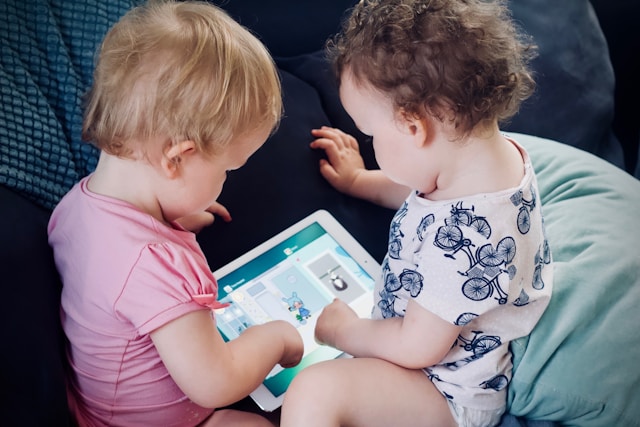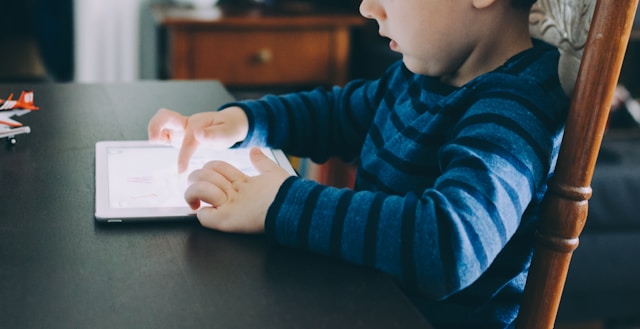In today’s digital world, children are often handed a device before they can even speak in full sentences. It’s an easy way to keep them quiet, entertained, and occupied—especially during a busy day. But as their thumbs swipe through countless videos and animations, one question looms large for parents: is this content helping them grow—or simply keeping them distracted?
What our children consume shapes the way they think, feel, and understand the world around them. And while digital content is not inherently harmful, much of what fills a typical feed is designed to entertain, not educate. Parents must ask whether the platforms their kids frequent are providing meaningful value or just noise.
With the rise of intelligent tools and curated content, it’s now possible to make screen time purposeful. The key lies in choosing the right platforms—ones that engage children not just as viewers, but as learners. For example, using an educational app for kids can transform passive viewing into an active learning experience, encouraging curiosity and skill development instead of just silence and stillness.
The Hidden Messages in Kids’ Feeds
It’s easy to think of digital content as harmless entertainment. Bright colors, cheerful characters, and catchy music might seem innocent enough—but what’s often overlooked is the messaging behind it. Many videos targeted at children are built around rapid-fire visuals and low-level humor, offering little in terms of cognitive or emotional development.

Even more concerning is the passive nature of these experiences. Without the chance to reflect, respond, or think critically, children can become accustomed to tuning out rather than tuning in. Over time, this habit can affect attention spans, learning capacity, and emotional regulation.
In contrast, apps that incorporate interactive storytelling, educational goals, and meaningful lessons help build stronger mental and emotional foundations. These experiences go beyond just keeping kids quiet—they invite them to grow.
Why Choice of Platform Matters
The internet is full of content, but not all of it is appropriate—or even beneficial—for children. This makes the decision about where your child spends their time online incredibly important. Unfortunately, many mainstream video platforms were never built with children’s learning in mind. Instead, they rely on algorithms that prioritize watch time and engagement, not development.
That’s why so many parents are now seeking alternatives to youtube that offer better control over content and stronger alignment with their educational goals. These alternatives often feature curated libraries, age-specific content, and the ability to set learning objectives or values to guide the experience.
What to Look For in Smarter Screen Time
If you’re considering making a change in your child’s digital habits, look for platforms that prioritize development over distraction. Here’s what to keep in mind:
- Interactive Design: Does the app encourage responses, decision-making, or exploration?
- Curriculum-Based Content: Is there a clear educational structure to the material?
- Positive Messaging: Are the stories and characters modeling empathy, teamwork, and creativity?
- Parental Controls: Can you track usage, set goals, or limit exposure to certain topics?
These features don’t just make content more meaningful—they give parents peace of mind and children the tools to thrive.

Small Shifts, Big Results
It’s not about banning screens or removing fun from your child’s life. In fact, digital tools can play a huge role in helping children explore new ideas and practice new skills. The difference lies in how those tools are used. Even a small shift in content—from passive viewing to active learning—can have long-term effects on a child’s growth.
Some apps are exploring this balance by blending entertaining formats with learning goals. The result is content that kids love and parents can feel good about. It’s a new way to think about screen time—not as a necessary evil, but as a meaningful part of a child’s development.
In the end, the goal isn’t to eliminate quiet moments. It’s to ensure that even in those moments, our children are growing, learning, and becoming more of who they’re meant to be. A feed can be more than background noise—it can be a foundation for the future.




